A Way of Life: An Interview with Anna Halprin
By Emmaly Wiederholt; Photographs by Gregory Bartning
Anna’s Mountain Home Studio is on a terrace below her house, accessible by a steep set of wooden stairs. As I reached the top of the steps, I came upon Anna standing in the sunlight. I explained I had come to interview her, as we had agreed via email. “Okay, we can do that for a while,” the nonagenarian responded. “I might get tired.” She instructed me to sit at a table in the sun, and then went inside to get a snack. She was quirky and quick, and the air was sweet and warm.
This interview is from the book “Beauty is Experience: Dancing 50 and Beyond.” Click here to learn more about the book, or click here to order your own limited edition copy!
~~
How long have you been dancing?
For me, that question already says a statement about how dance is being defined. If dance is defined as traditional ballet or modern dance, then I can understand the question because that depends on a certain kind of physical dimension. But if dance is a way of life, a cultural expression or a part of community, it’s a foolish idea.
On television they do this program, “So You Think You Can Dance.” The question that obviously comes to mind is: so, you think you can dance? It’s nonsense. That hasn’t anything to do with dance in terms of its value.
Okay. So you’re dancing.
Right. Your initial question immediately places me in a position where I have to define dance or excuse myself from continuing to dance.
How has your motivation to explore dance changed over time?
I’ve been able to find ways to communicate a philosophy about dance in a way that helps others make sense of what they do and why they’re doing it.
For example, how do I lift my arms? I start from my shoulders, then elbows, then wrists, then through the fingers, but each time I make a shift, I notice what happens. I feel my ribcage coming up with my elbows. When I reach with my wrists it pulls me up off my feet. When I reach with my fingers my tendency is to curve my lower back. Now what has this done to my breath?
Now I’ll look at the spine and how the vertebrae are connected. The spine starts at the sacrum, and it’s attached to the pelvis, so if I move my sacrum, I move my pelvis, and if I move my pelvis there’s going to be rotation. That’s a different movement from lifting my arms. Because those are two different movements, they have two different feeling states that contain different images.
And what happens when I relate to gravity? I don’t exist in isolation. Movement always exists in relation to something in its environment, whether that’s inertia, gravity or whatever the elements.
(At this point Anna does a demonstration where she grounds herself and then asks me to lift her upward around the waist. I cannot lift her.)
What I’m demonstrating is that when I’m totally integrated and the mind and body work together, I have an entirely different relationship to movement. I didn’t know this when I was 19. The body is my instrument. Every little thing I’ve experienced in my entire lifetime is in this body.
For example, when I was five years old, my father would come home from work on the train. I’d run across the street and he’d catch me in his arms. One day, a car came as I was crossing the street, hit me and dragged me for about a block.
When I was in my 50s, a body worker hit a certain muscle in my shoulder and I immediately saw the whole incident. I saw myself being hit by the car, and I shrieked out loud with terror. It had been buried in my body all those years, so I’d developed a frozen shoulder.
Every experience I’ve had in my life is a resource in my body. The awareness between movement and feeling is an intricate part of the dance experience.
What does the idea of success mean to you?
Success doesn’t mean anything to me. Success is not the word I would use. I would use “recycle.” If something doesn’t work, I recycle it. But it’s not a matter of success. If I were to use that as a measurement, then who measures success? The critics? The audience? Who defines what’s successful?
For example, at one point I was interested in the nude body because we mask it all the time. As part of a piece, one of the tasks was to very ceremoniously take off my clothes. I performed it in New York in 1965 and was issued a warrant for my arrest. The critics were called to court to reflect on the piece. It was a scandal. In contrast, when I did the same piece in Sweden, it was aired on national television.
For 15 years, I was blacklisted. Nobody would engage me. But it was a very good thing it happened that way because I started reevaluating performance and doing more ritual dance. I’m a cancer survivor, and this new approach led me to using dance as a healing tool. I similarly worked with people who had AIDS.
In other words, the scandal in New York released me. It led me to a period when I had the most growth in understanding the power of dance to heal, educate and unify community.
I’ve developed the phrase: as life deepens, art experience expands, and as art experience expands, life deepens. I gained a new perspective of the power of dance; it’s not just about performing onstage, and it can still be art.
What do you perceive is your legacy?
I think about dance’s application, how it can be useful in people’s lives and contain community aspiration. Like the Planetary Dance [a score that incorporates a series of concentric circles]. It’s being done now in 46 countries.
I did the Planetary Dance in Israel with terrorists who had been in prison for 15 years, and also on the green line with Arabs, Palestinians and Israelis together. An older man was so touched; he wept through the whole thing. When we did the Planetary Dance in San Francisco recently, the same older man just happened to be there. Apparently he has a son who lives in the Bay Area. This time he danced.
In Berkeley, a woman participated in the Planetary Dance who had a prosthetic leg. I worried she would get trampled, so I asked her to start the dance. She was happy to, and it started with the sound of her leg. “Oompah oompah.” It intensified the spirit of everyone there.
Without the experiences of life, death, having a husband, etc., I don’t think I could have envisioned a dance with so much humanity or humility. There’s nothing extravagant about it; it’s very simple. But it reflects the years of being scarred or disappointed, celebrating family, all of that.
Humility. It’s not about me. I just turn the ignition on and let the car go. That’s something that develops with age: it’s not about me, it’s about the process.
~~
Anna Halprin is a pioneer of the postmodern dance movement. In the 1950s, she established the San Francisco Dancers’ Workshop. One of her most noted works, The Planetary Dance, gives a score to the audience, turning the audience into performers. Along with her husband, the late landscape architect Lawrence Halprin, she also created the RSVP Cycles, a creative collaborative methodology that can be applied broadly across all disciplines. She currently does research in connection with the Tamalpa Institute, which she founded with her daughter, Daria Halprin, in 1978.
This interview is from the book “Beauty is Experience: Dancing 50 and Beyond.” Click here to learn more about the book, or click here to order your own limited edition copy!

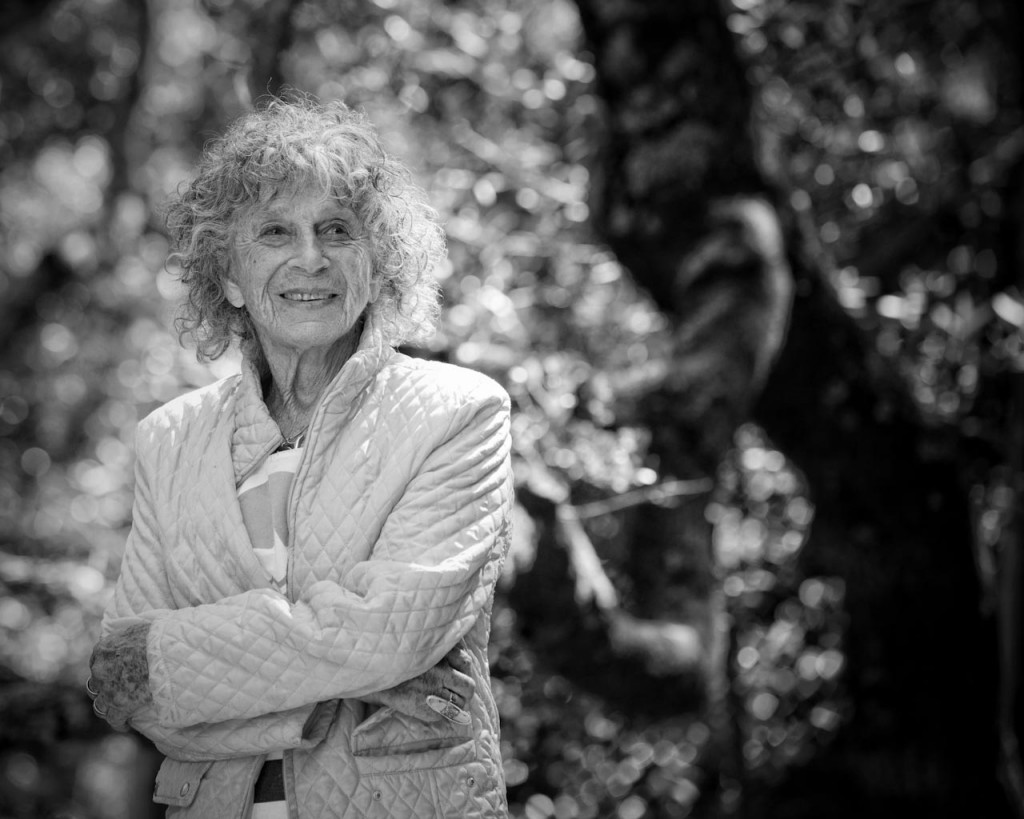
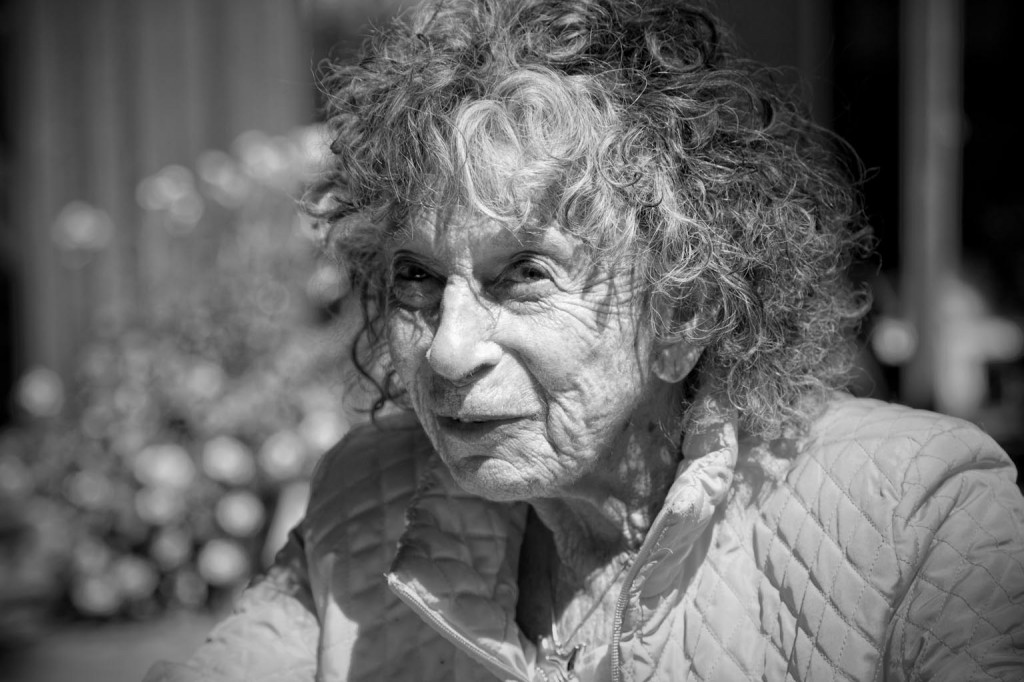
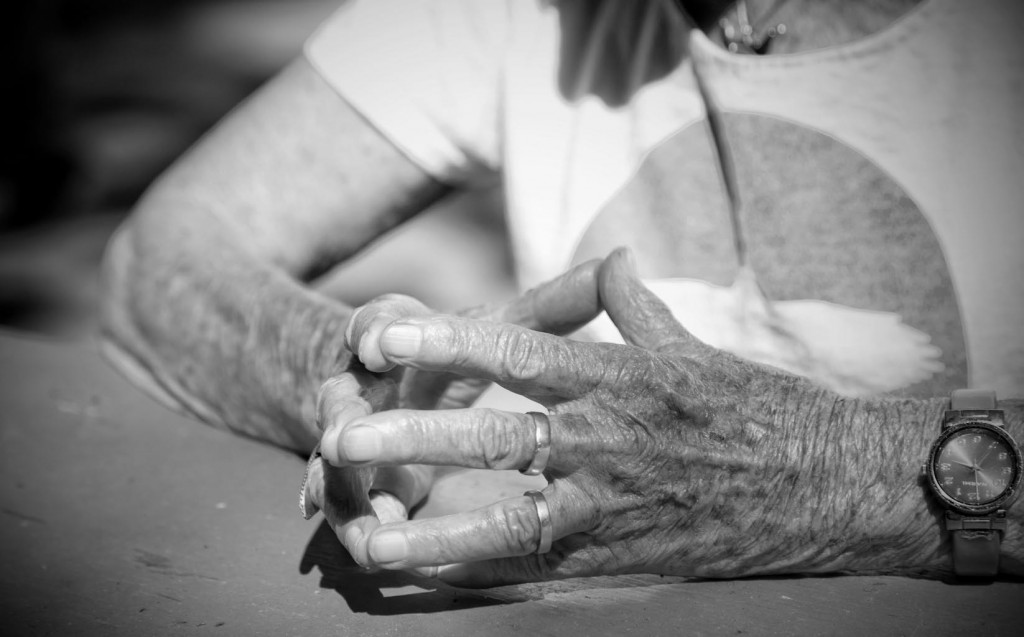
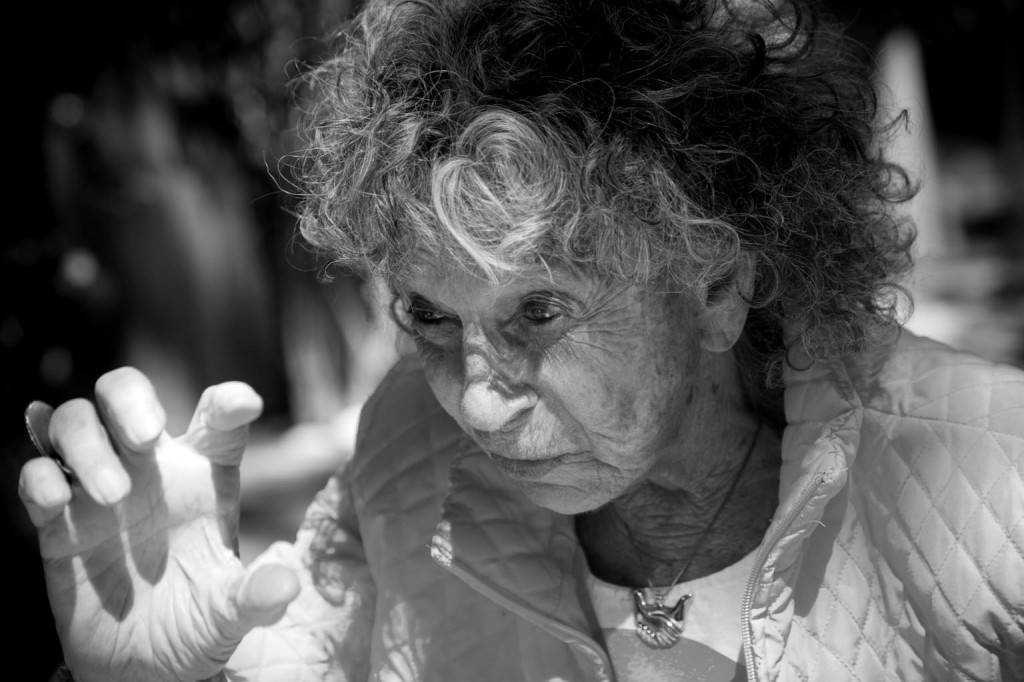
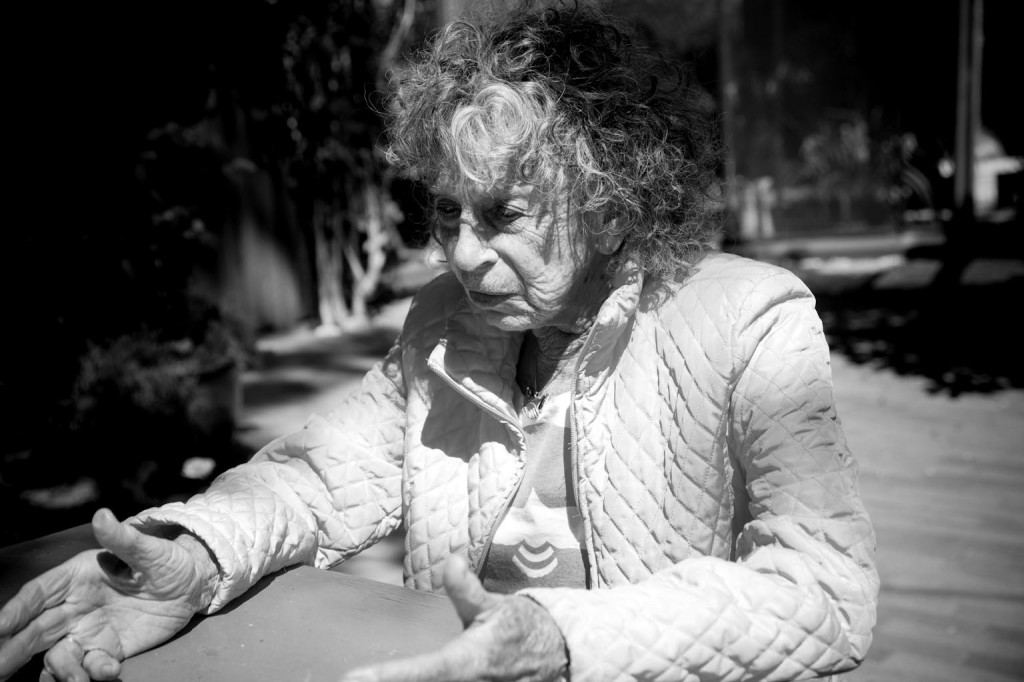
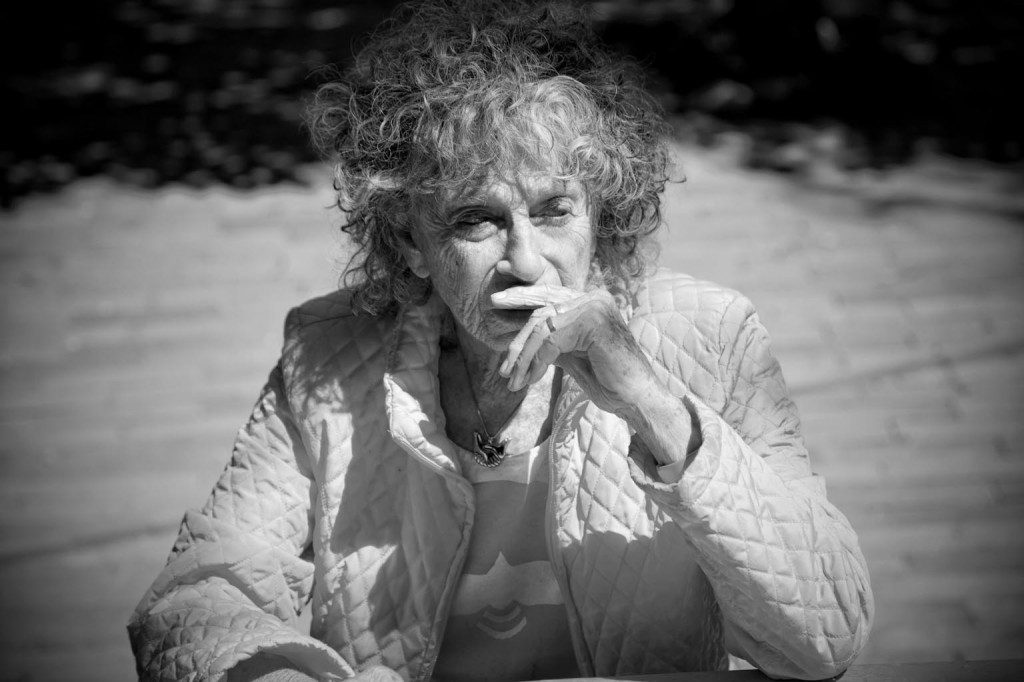
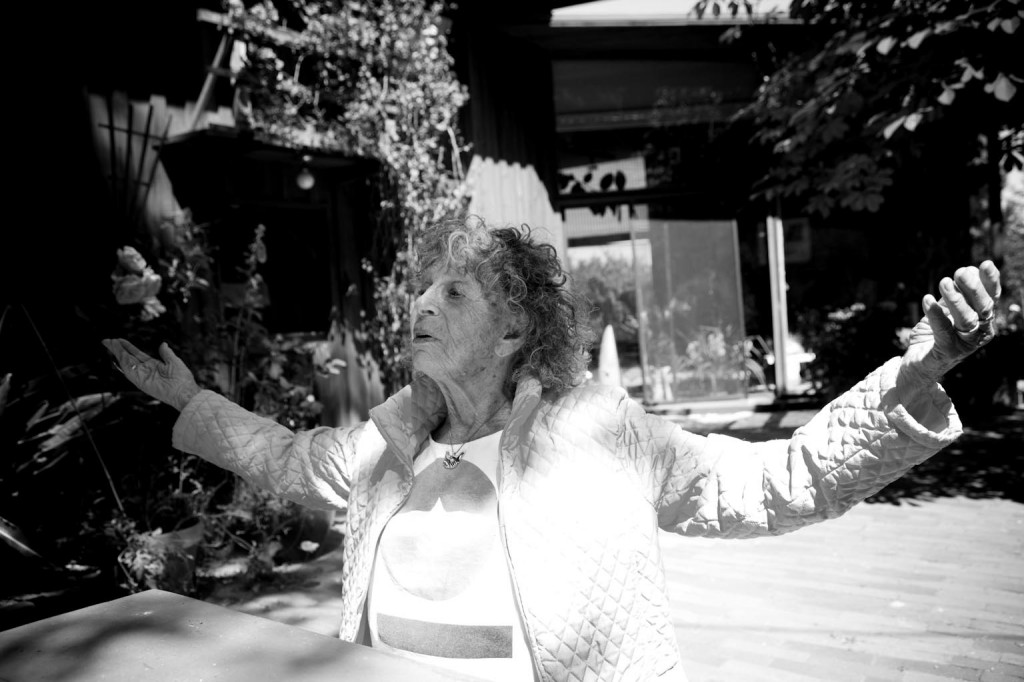
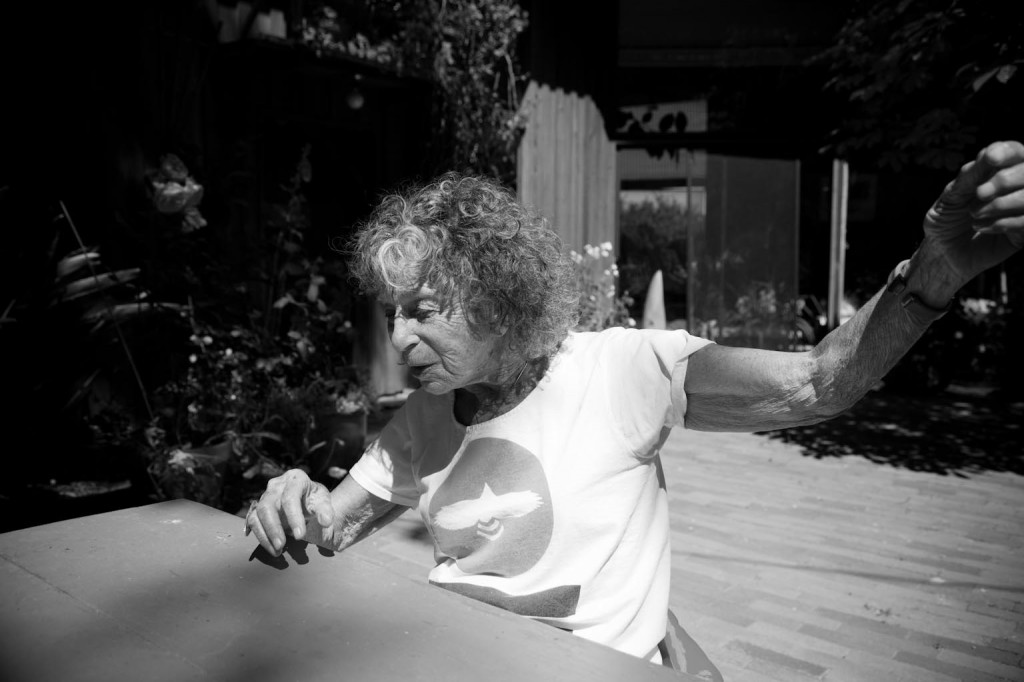
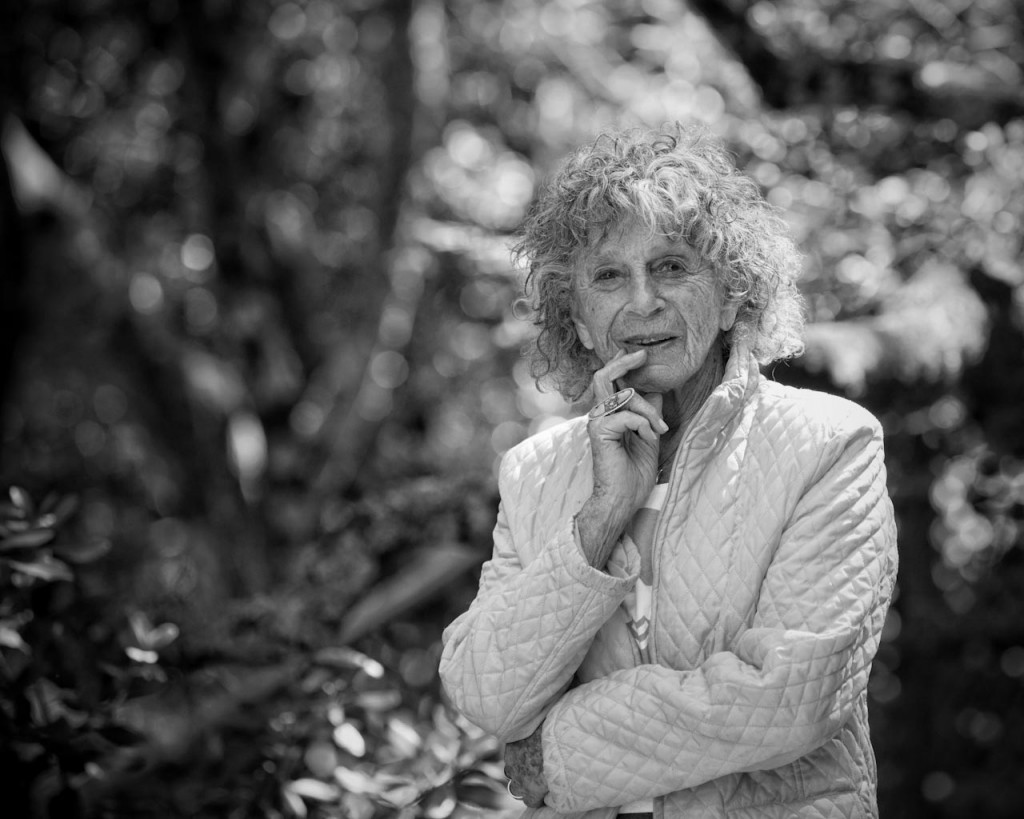
4 Responses to “A Way of Life: An Interview with Anna Halprin”
Thank YOU Christy! Thank you for your support and for your thoughtfulness!!
Thanks Rio! Indeed the journey is important!
As a older person I found the statement “It’s not going from place to place, it’s how to get there.” a reflection on the journey. Thanks for sharing a perspective sometimes lost. The collection of thoughts and wisdom of the older dancers is wonderful. Thanks.
Thank you, Emmaly, and thank you Anna. Such rich ground here and so reassuring in its counter-commodification. I love this series of yours, Emmaly; so much bringing forward of humanity instead of ego.
Comments are closed.